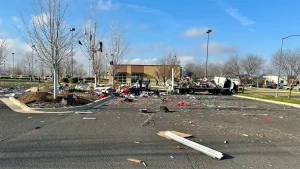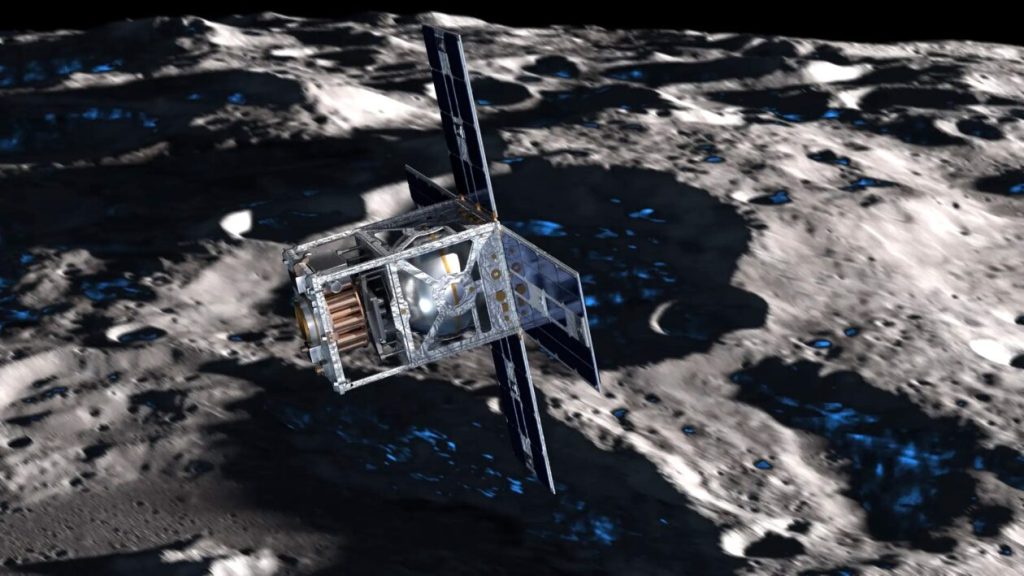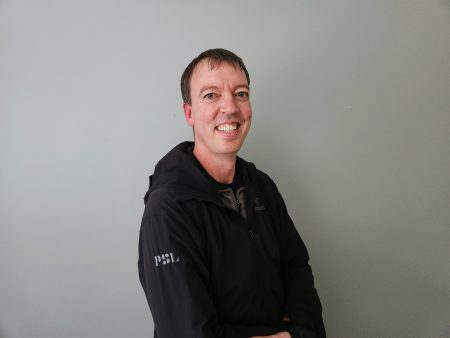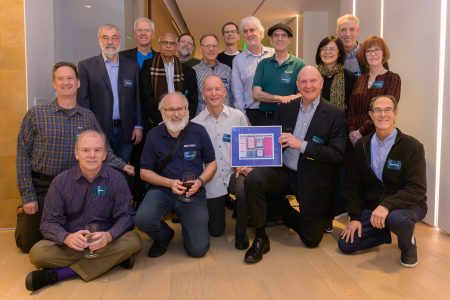Blue Origin’s Project Oasis: Mapping the Moon’s Hidden Treasures for Humanity’s Benefit
In a fascinating development for space exploration and resource utilization, Jeff Bezos’ Blue Origin has announced its collaboration with Luxembourg partners on an ambitious initiative called Project Oasis. This venture aims to identify and eventually utilize valuable resources on the lunar surface, potentially transforming how humanity approaches space settlement and resource management. At the heart of this project is Oasis-1, a small satellite mission designed to map the moon’s wealth of resources including water ice, helium-3, rare earth elements, and precious metals – materials that could prove invaluable for future lunar inhabitants or even Earth-based industries.
The vision behind Project Oasis reflects a profound shift in how we conceptualize space exploration. “Once we know what’s really there and how to access it, everything changes,” explains Pat Remias, Blue Origin’s vice president for advanced concepts and enterprise engineering. This sentiment captures the transformative potential of lunar resource utilization – not just for space exploration but for humanity as a whole. Project Oasis isn’t merely about mapping resources; it’s about creating the foundation for a sustainable space economy that could eventually benefit billions of people on Earth. The initiative represents a crucial step toward making space settlement economically viable and self-sustaining rather than purely exploratory.
Blue Origin has already been developing complementary technologies that would work in tandem with Project Oasis’s resource mapping. Their Blue Alchemist project focuses on processing lunar regolith (moon dirt) to produce components for solar cells and transmission wires – essentially manufacturing solar power infrastructure directly from lunar materials. Perhaps even more promising is the potential to harvest lunar water ice, which could provide not only drinking water for future lunar inhabitants but also be separated into hydrogen and oxygen for rocket propellant. This in-situ resource utilization (ISRU) approach could dramatically reduce the costs of maintaining a lunar presence and enable further exploration of the solar system by manufacturing fuel directly on the moon rather than carrying it from Earth.
The international collaboration aspect of Project Oasis highlights the increasingly global nature of space resource development. Luxembourg’s involvement is particularly noteworthy, as the small European nation has consistently positioned itself at the forefront of space resource commercialization. The country has been building relationships in this sector for years – including past investments in asteroid mining ventures and a 2017 visit by Luxembourg’s royal family to Seattle to strengthen space technology ties. Project Oasis brings together Blue Origin’s Space Resources Center of Excellence in Los Angeles and its international office in Luxembourg, along with partners including Luxembourg’s national space agency, satellite company GOMSpace, and the European Space Resources Innovation Center.
The technical approach of Oasis-1 reveals the sophisticated science behind resource prospecting on the moon. The satellite will employ neutron spectroscopy to quantify subsurface water ice concentrations up to a meter deep – a crucial measurement since water is perhaps the most immediately valuable resource for supporting human presence. Additional instruments will include magnetometers for detecting metals and multispectral imaging systems capable of identifying helium-3 deposits and creating detailed geological maps. The mission will even include controlled impact sequences to maximize data collection and identify the most promising extraction sites. While Blue Origin hasn’t specified an exact timeline for Oasis-1 or subsequent missions, the industry is moving quickly – Interlune, a moon mining startup founded by former Blue Origin employees, plans to send a lunar surface camera in the coming months to map helium-3 concentrations.
Project Oasis represents a pivotal moment in humanity’s relationship with space resources. Rather than viewing the moon as merely a scientific curiosity or potential outpost, this initiative frames lunar resources as part of humanity’s extended economic sphere – assets that could eventually support both space-based activities and life on Earth. The project bridges current technological capabilities with long-term visions of space settlement in a practical, economically-oriented approach. By focusing first on understanding exactly what resources exist and where they’re located, Blue Origin and its partners are laying essential groundwork for sustainable human expansion beyond Earth. If successful, Project Oasis could help transform the moon from a distant celestial body into a vital part of humanity’s resource landscape – a stepping stone to a future where space resources support civilization both on and off our home planet.














